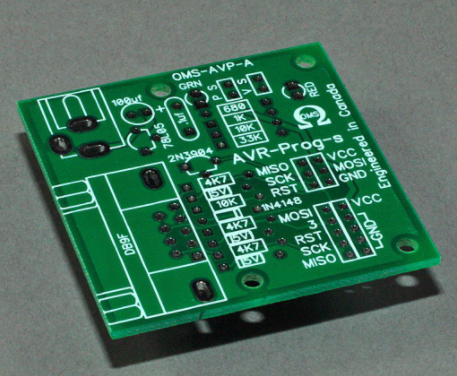PCB factory: quality management of multilayer circuit boards
Multi-layer circuit poles are used as the carrier of electronic components to integrate the aldehyde function of the quick-junction components. Therefore, if the circuit board is abnormal, the electrical products cannot operate normally. In order to maintain the normal functionality of the product, the quality and trustworthiness control of the circuit board is very important.
To prepare different product requirements, how to effectively control the quality and maintain the due degree of trust, can only be achieved through technical improvement, material development and the quality control system of the overall manufacturing process. Quality control operations must start from supplier control, village material purchase inspection, production process variation control, production line operation maintenance, etc., plus online quality inspection monitoring, finished product control and burying control, so that The manufacturing process can be carried out systematically and stably, so that it is possible to establish a good product and a stable degree of imitation.

Many quality issues are actually determined during design. Although the main consideration in the design stage is the electrical performance and structure of the circuit board, the design will affect the difficulty and yield during manufacturing, especially Is the allowable tolerance. Therefore, how to effectively use manufacturing capacity data to design appropriate product structures and appropriate production procedures has become an essential part of good product design.
When manufacturing circuit boards, in addition to complying with various public specifications, different customers will set individual specifications for their products. In particular, circuit boards will vary due to different materials and process conditions, and the allowable error range will be specified in the product specifications. Whether between individual products or batches, customers hope that the variation can be controlled within a smaller range, but the stricter the specification, the lower the relative yield. How to coordinate between manufacturers and customers to reach acceptable specifications must be very careful. Excessive design may not be beneficial to buyers, and too loose specifications will not be accepted by users. Clearly defining the appropriate acceptance range can avoid many unnecessary troubles in the future.
1-Generally basic quality assurance items
The important qualities of plated through-hole printed circuit boards and high-density build-up circuit boards
Non-destructive inspections can be performed for the items listed, and microsection cross-sectional inspections can be performed when necessary. This is for items that require destructive inspections.
In terms of overall reliability, thermal shock tests (Thermal Shock Test, Humidification Test, etc.) must also be performed. These methods are accelerated tests to observe the possible assembly and environmental reliability risks of the finished product in the future.
The level of product quality requirements will be set according to different test models and different standards. These test specifications should be formulated at the product design stage so that appropriate materials and production techniques can be selected to achieve the quality goals set by the product.
2 Quality Assurance of Circuit Board
When performing circuit board quality assurance work, its overall quality control system is very important. The basic components of the system should include:
Incoming inspection (IQC, or incoming quality control), in-process inspection (IPQC, or in-process quality control), finished product inspection (FQC, or final quality control), reliability test (Reliability Test), etc., The implementation and recording of these projects must be strictly implemented.
The assembly density of electronic devices is increasing year by year, the surface mount method is popularized, the assembly of small array packages (such as BGA-CSP), and the application fields of bare die (Bare-Chip) assembly have shown a general trend. In response to this trend, circuit boards have become more diversified in terms of electroplated through-hole multilayer circuit boards and high-density build-up circuit boards in addition to the variety of structures.
Major technological changes such as miniaturization of circuits, microporosity, thinning of dielectric layers, reduction of circuit thickness, and new materials used in different manufacturing processes have all changed drastically. Corresponding to these rapid changes in product structure, quality assurance requires a more rigorous and thorough approach. When constructing the quality management system, it is necessary to control from the purchase of materials to the inspection of shipments. All quality assurance processes are important tasks of quality control. Since the circuit board may have latent defects that cannot be inspected externally, the use of test strips or test circuits (Coupon) to regularly perform reliability tests becomes another method of quality assurance.
The design has a decisive influence on the production of the product. At the beginning of the design, it is necessary to try to simplify the procedure. For the required specifications of the circuit board, the compensation value should be taken into account when making the production tool. The design that is allowed for the product and is helpful for the production ( For example, false copper pads can be added to the unevenly dense lines to share the current) should be added as much as possible, which will be beneficial to the smoothness of production.